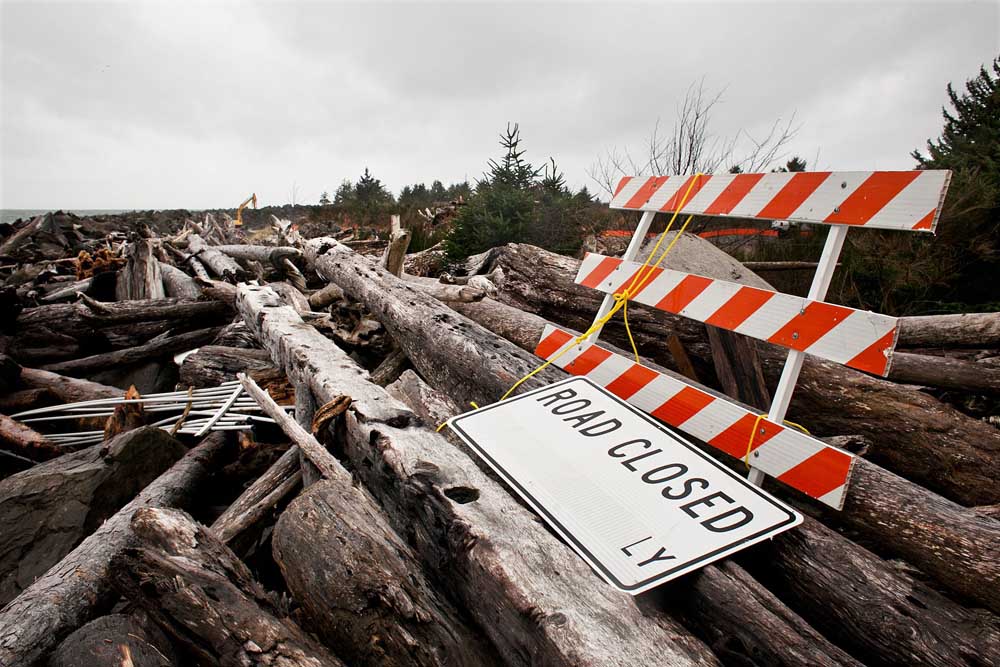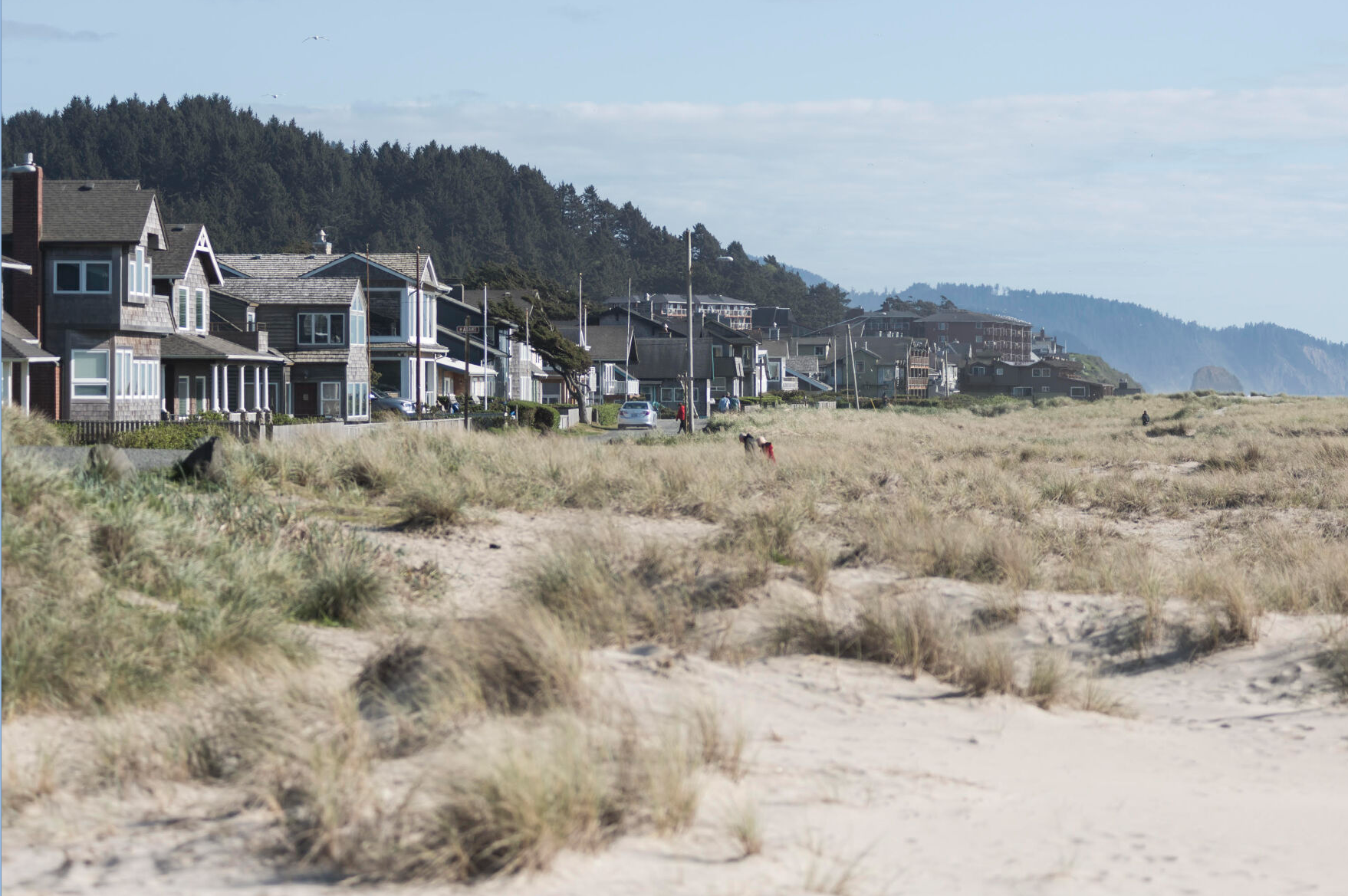Dump truck jamboree Constant caravan leads jetty-reconstruction campaign
Published 4:51 am Monday, December 29, 2014

- Fishermen and others are barred from North Jetty for the next several years, while reconstruction proceeds.
ILWACO, Wash. — A mammoth reconstruction project is underway at the North Jetty, near Ilwaco, Wash.
Trending
Trucks loaded with rock and sand lumber down the winding road into Cape Disappointment State Park, dump their loads and head back across the Astoria Bridge to Oregon to do it all again. Jetty Road is partially closed and half of the side parking lot for Waikiki Beach has been taken over by contractors working to fill a lagoon on the landward side of the jetty.
The lagoon, on schedule to be completed by May, is just the beginning. Rehabilitation work on North Jetty is expected to continue through 2019. Work on the smaller A-Jetty, where a 78-foot-long vessel loaded with Dungeness crab recently grounded and sank, is slated to begin next year.
“(Work on A-Jetty) is not dependent on North Jetty,” said Michelle Helms, spokeswoman for the U.S. Army Corps of Engineers which originally built the jetty system at the mouth of the Columbia River and is tasked with maintaining it. “Timing for that work kind of depends on funding.”
Trending
Across the river, Oregon’s South Jetty, located in Fort Stevens State Park, will undergo rehabilitation work beginning in 2017. On the south side of the jetty, along the beach, waves have pounded holes in the 6-mile-long structure.
Cape Disappointment State Park is a very different place in the winter than it is in the summer when thousands of visitors arrive each week to camp, hike, surf and walk the beaches. But rangers still see a fair number of visitors during the winter months, too.
“Storm watching is still a popular activity out here in the winter,” said Tom Benenati, ranger and assistant park manager at Cape Disappointment.
And Waikiki Beach, popular in the summer, is equally popular in the winter. That side lot in particular is a destination for storm watchers. The end of the jetty dwindles away there, revealing a slice of beach, rolling surf and imposing cliffs. It’s possible for a storm watcher to simply park and watch a winter storm unfurl at eye-level from the comfort of their car.
So far, Benenati says the park hasn’t had any issues working with and around the Corps’ contractors, Battle Ground-based Cat Works, LLC. But the endless stream of trucks in and out of the park could tear up roads.
Under the $5.3 million contract the Corps awarded to Cat Works, the contractor will fill the lagoon up to an elevation of 15 feet NAVD 88 (North American Vertical Datum of 1988) and construct a filter zone of rip-rap, shot rock and gravel adjacent to the jetty stone to prevent continued loss of material.
The company will also replace a culvert under Jetty Road into the nearby McKenzie Head Lagoon system on the north side of the road. Flows of surface water and groundwater from McKenzie Head Lagoon have likely been pulling material away from the jetty, according to the Corps.
Since the 2.5.-mile-long North Jetty was first constructed 97 years ago, approximately 2,100 feet of it has deteriorated and is no longer functional. The lagoon itself is a product of erosion and fills with water brought by incoming tides.
The jetties are intended to allow vessels predictable access to navigation channels and improve navigation overall. The Corps says upkeep of the jetty system at the mouth of the river is vital for fisheries and shipping businesses to continue and thrive. But, despite small repairs here and there, the system has long been in need of an overall rehabilitation. In 2011, an external peer review of the system found that the jetties were “currently in an unacceptable deteriorated condition.”
The Corps estimates it will cost $257 million to rehabilitate all three jetties.









